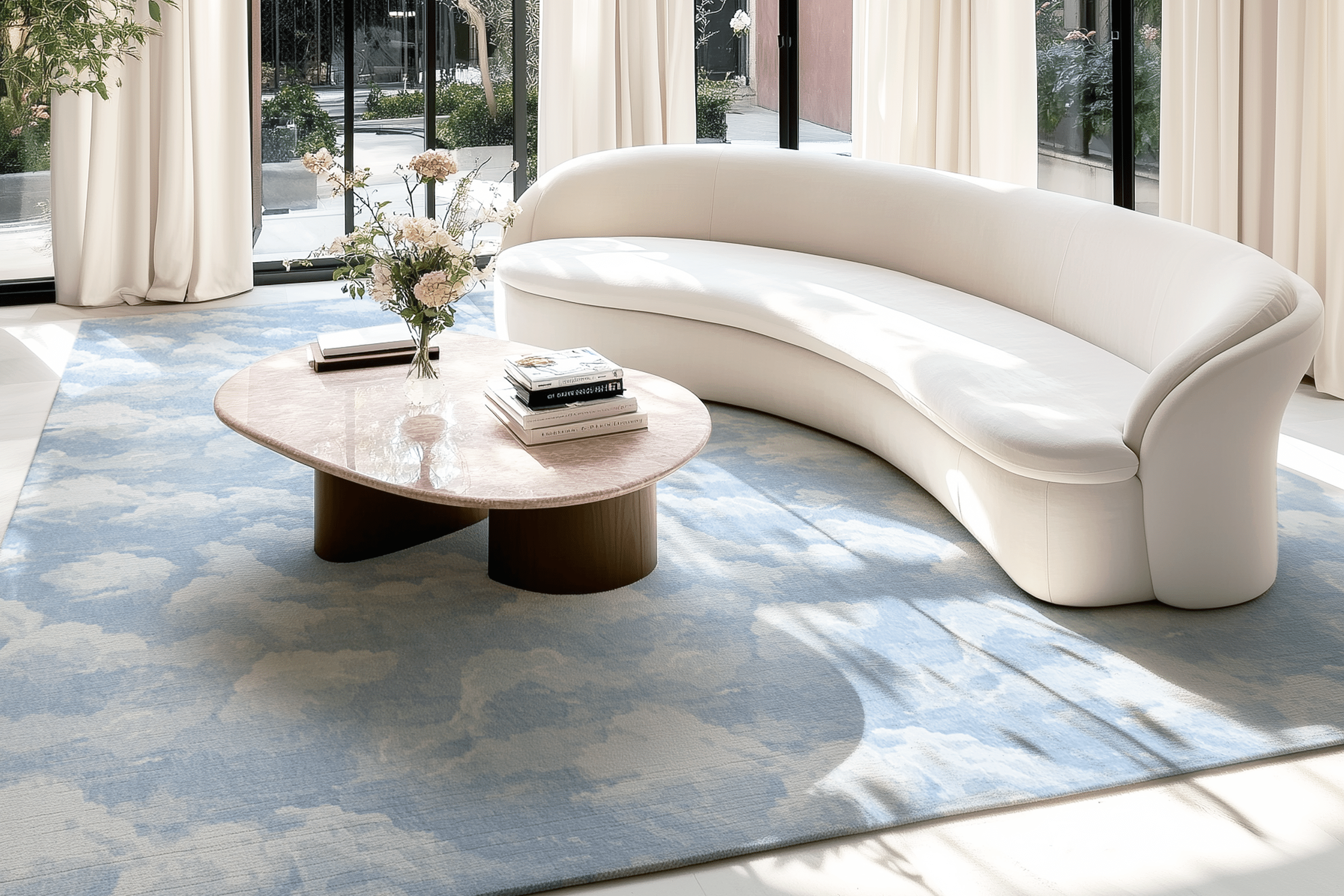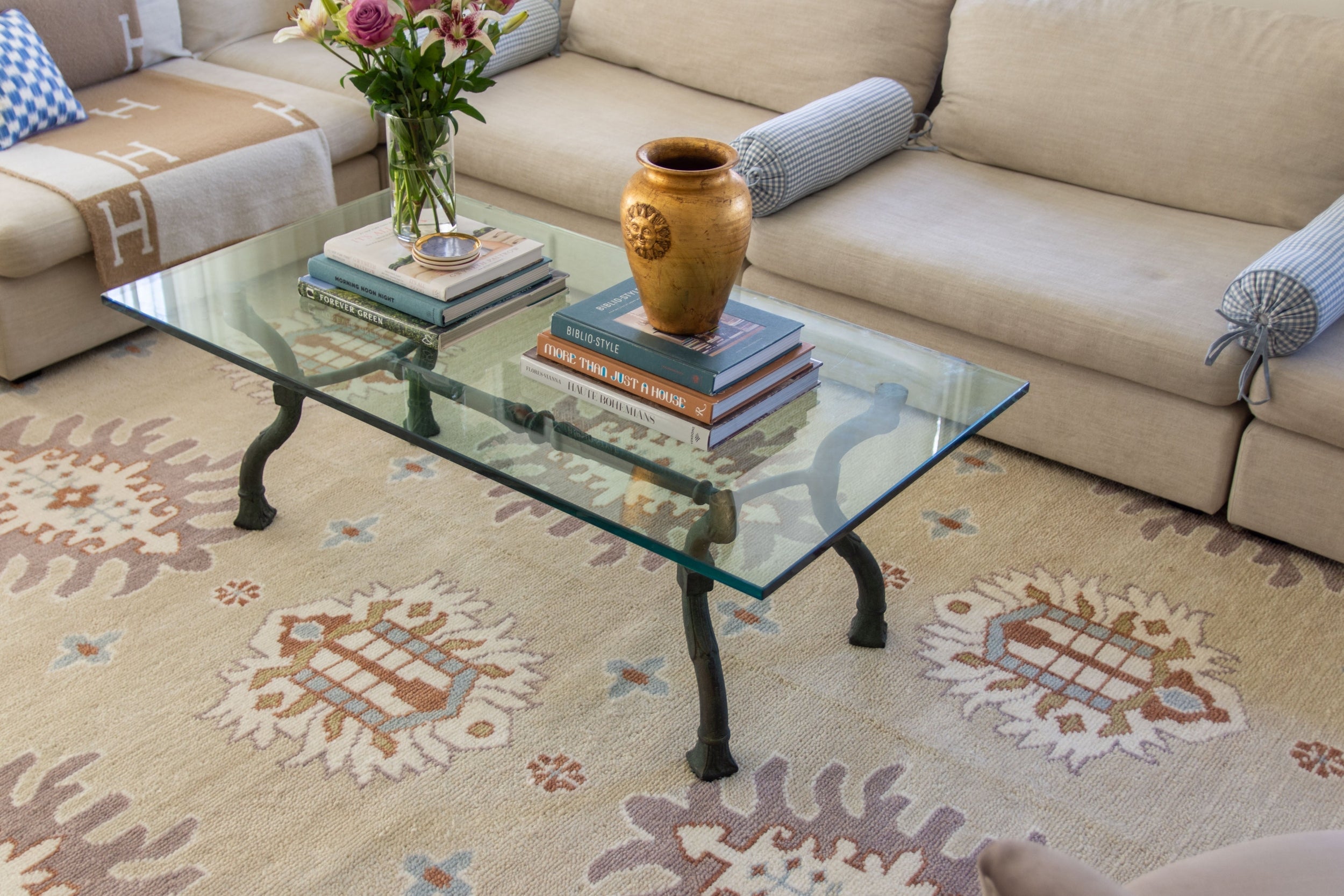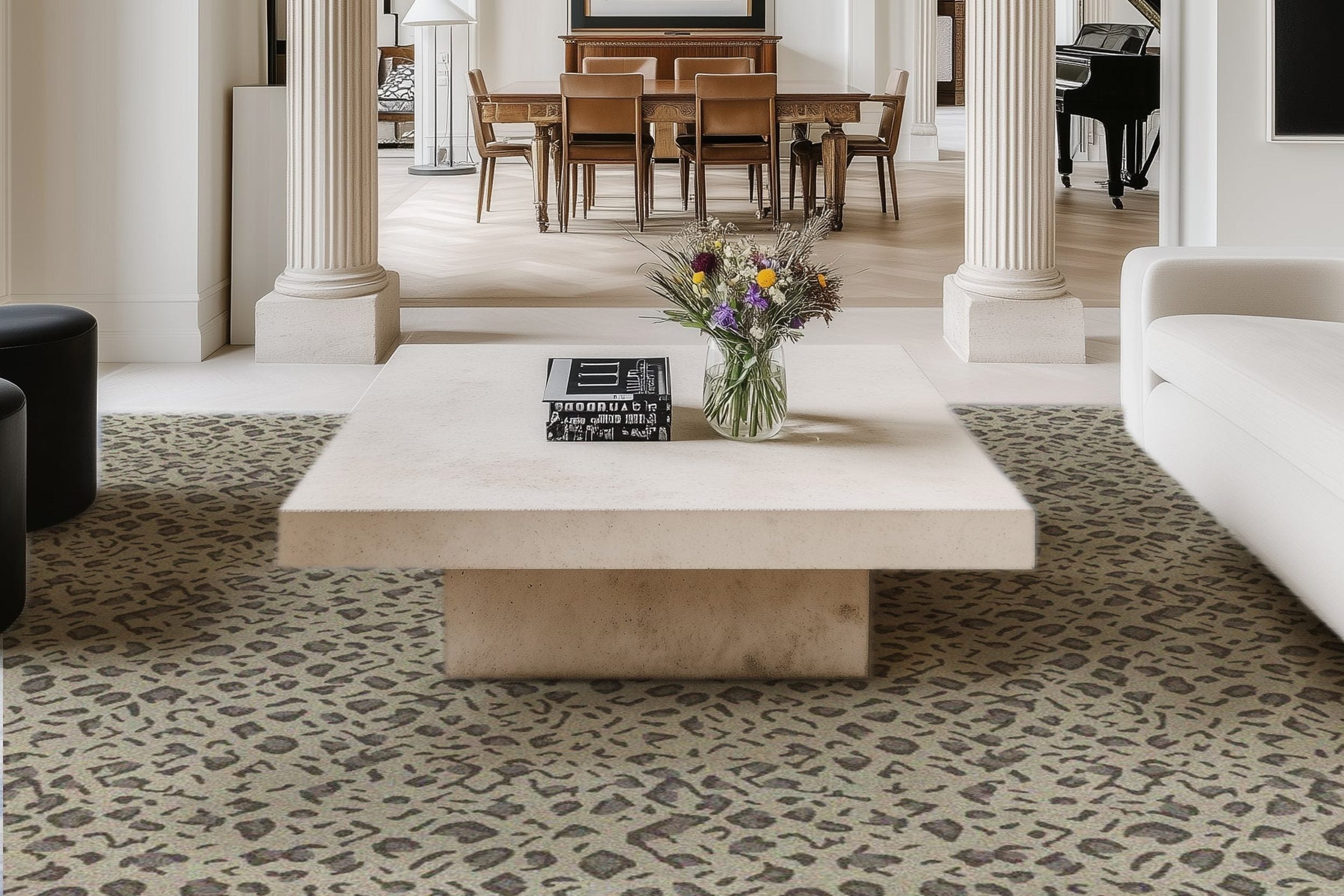6 Hidden Areas Designers Say You Should Clean Regularly
You vacuum the floors, wipe down the counters, maybe even fluff a few pillows, and call it a day. But here’s the dirty little secret every interior designer knows—some of the grimiest parts of your home aren’t the ones in plain sight. They’re hiding in spots you barely glance at, quietly collecting dust, allergens, and the occasional mystery crumb.
Design pros say these sneaky dirt traps don’t just dull your interiors; they mess with your air quality too. And while these overlooked cleaning zones rarely make it onto your to-do list, skipping them could be working against all your home maintenance efforts.
So, where exactly are these forgotten home areas hiding? Let’s just say once you know, you’ll never unsee them. Keep reading and get ready to clean like a designer.
6 Hidden Areas Designers Say You Should Clean Regularly
1. Behind Furniture and Appliances
That innocent-looking recliner? It might be hiding more secrets than your junk drawer. Behind furniture and appliances is where dust, crumbs, and pet hair like to throw their own little party. These spots often miss your cleaning checklist simply because they’re hard to reach or easy to forget.
But what lurks behind the couch doesn’t just stay there. Dust accumulation in these overlooked spots can mess with your air quality and invite pests if left alone too long. Interior designers are big on reminding homeowners that home cleanliness isn’t just about the areas you can see.
If wrestling your sofa away from the wall feels like a workout you didn’t sign up for, consider the help of professional maid services who know how to clean hidden spots without turning your living room into a moving zone. That forgotten corner will be cleaner, fresher, and far less mysterious.
2. The Top of Cabinets and Shelves
Ever looked up and realized your cabinets have been growing their own layer of fuzz? The tops of cabinets and high shelves are like secret storage units for dust, grease, and airborne kitchen grime. Because they’re out of your direct line of sight, these areas become unintentional dirt traps that often go untouched for months.
While you might not see the mess every day, that doesn't mean it’s not affecting your space. Interior designers often point out that when you ignore these spots, all it takes is one deep clean or an open window to send dust drifting right back onto freshly wiped counters or furniture.
Tackling these overlooked cleaning zones doesn’t have to mean climbing on chairs. Grab an extendable duster or microfiber cloth and make a habit of reaching those hidden places to clean regularly. Even better, knock out the job before grime has a chance to settle in like a permanent houseguest.
3. Light Fixtures and Ceiling Fans
Ceiling fans are meant to keep you cool, not scatter dust across the room like confetti. And that glamorous light fixture? It loses its charm fast when it’s layered in grime. These dust-collecting hidden surfaces are often right above your head, yet they tend to stay dirty far longer than they should.
Interior designers often flag fan blades and light fixtures as visual anchors in a room, which means people notice them more than you think. A dusty chandelier or a fan flinging allergens into the air can dull your room’s appeal and even affect your breathing if left unchecked.
Cleaning them doesn’t have to be a hassle. Slide an old pillowcase over each fan blade to trap debris, and use a microfiber cloth to gently wipe down bulbs and fixtures. For delicate pieces like chandeliers, a long-handled duster works wonders. A clean light source does more than glow—it polishes the entire space.
4. Air Vents and Ducts
Some messes hide in plain sight, and air vents are a prime example. They sit quietly along your walls and ceilings, all while cycling air and whatever particles come with it, throughout your home. From dust to pollen to pet fur, these vents become a silent delivery system for everything you’d rather not breathe in.
Interior designers often point out that no matter how spotless your furniture looks, neglected vent covers and ducts can undo the effort by circulating allergens and stale air. A clean vent doesn’t just improve airflow. It helps maintain the fresh, breathable atmosphere that ties your space together.
Instead of waiting for the dust to show itself, give your vents some regular attention with a vacuum hose or a soft brush. If the covers look grimy, a quick wash in soapy water can make a big difference. For deeper buildup, especially in the ducts themselves, professional cleaning might be your best bet to keep things flowing clear and clean.
5. Baseboards and Door Frames
You might not give your baseboards a second glance, but your guests probably do. These low-profile strips lining your walls tend to collect everything from dust to pet hair to accidental scuff marks from shoes and vacuums. The same goes for door frames, especially in busy areas like entryways and hallways.
While they’re easy to overlook, interior designers know that clean baseboards can make a room feel instantly brighter and more finished. Dirty ones, on the other hand, can drag down even the most stylish interiors and throw off your entire cleaning game.
To freshen them up, run a microfiber cloth or vacuum brush along the edges, paying special attention to corners where baseboard grime tends to hide. A damp cloth works wonders on fingerprints and dirt along door frames. Set a reminder to revisit these neglected surfaces during your regular cleaning routine, and your space will always look sharp, right down to the smallest detail.
6. Underneath Rugs and Carpets
Pulling back a rug can feel a bit like opening a time capsule. You never really know what you’ll find hiding underneath until you lift it. From crumbs and dust to pet hair and mystery fuzz, the area beneath your rugs is one of the most forgotten home areas when it comes to regular cleaning.
Interior designers often recommend lifting rugs during routine cleaning, not just for what’s trapped in the fibers but for what’s gathering underneath. Dirt left sitting between the rug and floor can scratch hardwood, dull tile, and create the perfect hiding place for allergens.
To stay ahead of the mess, give your rugs a good shake outside and vacuum the floor underneath. Use a rotating brush to lift dirt deep in the fibers, especially if the rug sits in a high-traffic area. Let the floor dry fully before rolling it back out, and you’ll be stepping onto a much fresher surface every time.
Conclusi on
on
Dust doesn’t knock before it enters, and it definitely doesn’t stick to eye level. The truth is, the shine in your home lives in the details—those sneaky, silent corners that quietly collect what your broom forgets. From fan blades that double as dust collectors to the shadowy realm beneath your rugs, these are the places designers whisper about when they talk spotless spaces.
So the next time you clean, don’t just chase what you see. Go after what you don’t. Your home will not only sparkle, it’ll breathe better. And honestly, isn’t that the kind of clean that actually feels good?
Browse by Category

Design Projects
Explore interiors from client work and personal renovations — layered, livable, and always in progress.
read more →
Collaborations
From product launches to styled spaces, discover the brand stories I’ve helped bring to life.
read more →
The Notebook
A growing archive of iconic designers, inspiring artists, and unforgettable design moments.
read more →
Travel by Design
Wander with a designer’s eye — from charming hotels and city guides to visual inspiration abroad.
read more →




